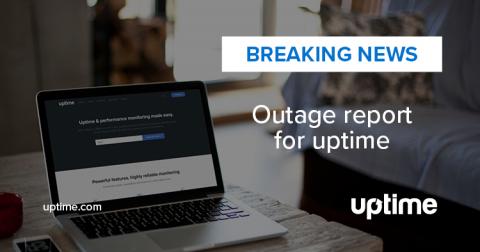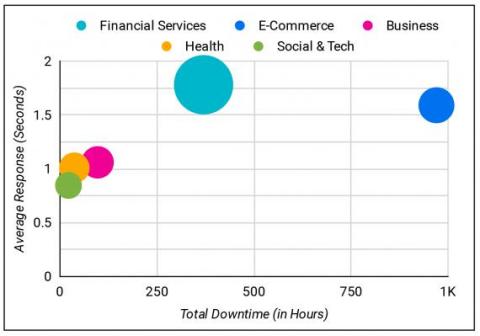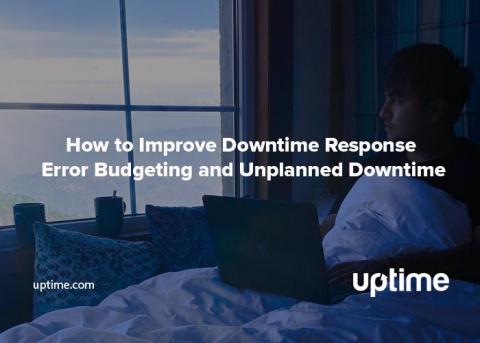Top Industry Performers in Unplanned Server Downtime | Q1 The Uptime Report
Can you be incompetent and still stay in business? Not as far as your web infrastructure is concerned. All the studies show that when a website is unavailable, or even just slow to load, customers go elsewhere—and often they don’t come back. After all, if you can’t keep a website up and running, why should people trust you to deliver any other product or service? So it’s worth asking: how reliable is your website relative to the top brands in your industry?









